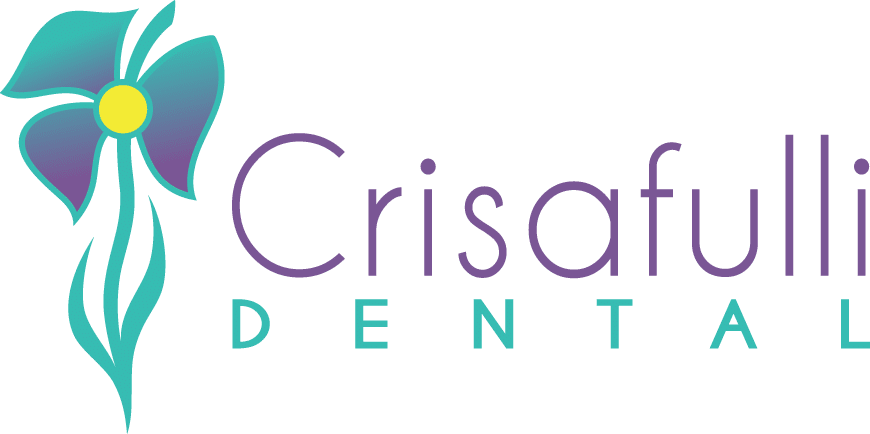Orthodontic bite problems are misalignments or abnormal positioning of the teeth and jaw that can affect your smile, chewing function, and overall oral health. Several common bite issues may affect individuals throughout their lives. This guide will detail seven widespread orthodontic concerns, elaborating on their diagnoses, impact on health, causes, treatment options, and maintenance advice.
Types of Bite Problems:
Overbite
An overbite is when the upper front teeth significantly overlap the lower teeth. Often hereditary, this condition can lead to gum damage and wear on the lower teeth. Dentists diagnose overbites through a visual examination and X-rays. Treatments typically include braces or aligners to move teeth into the correct position.
Underbite
An underbite occurs when the lower teeth protrude past the front upper teeth. This condition can create difficulties with eating and talking and may cause uneven tooth wear. Treatment options may include braces, appliances, or, in severe cases, jaw surgery.
Crossbite
A crossbite occurs when one or more upper teeth bite on the inside of the lower teeth. It can result in worn teeth, gum disease, or even asymmetrical jaw growth. Crossbites are corrected with braces or special appliances, or in adult patients, surgical intervention may be necessary.
Open Bite
An open bite occurs when the upper and lower teeth do not touch when the mouth is closed. This can make chewing difficult and increase the risk of temporomandibular joint disorder (TMJ). Treatment options often include braces, aligners, or surgery.
Crowding
Crowding develops when there isn’t enough space in the jaw for teeth to fit comfortably, causing them to overlap and twist. Crowding can complicate oral hygiene efforts and increase the risk of cavities and gum disease. Orthodontists typically use braces or aligners to correct crowding, and sometimes extractions are necessary.
Spacing
Spacing issues manifest as gaps between teeth, which may be caused by missing teeth or a dental arch that is too wide. Besides aesthetics, spacing can also be a functional issue. Treatments may involve braces, aligners, or dental restoration techniques to close the gaps or redistribute the spaces evenly.
Misplaced Midline
A misplaced midline is where the center of the upper front teeth does not line up with the center of the lower front teeth. While this might not pose significant functional challenges, it can be an aesthetic concern for some patients. Correction usually involves braces or aligners to realign the teeth.
Causes of Bite Problems
Factors contributing to bite problems can include:
Genetics: Jaw structure and teeth alignment are often inherited.
Childhood habits: Thumb sucking or prolonged bottle feeding can influence the development of bite problems.
Trauma: Accidents affecting the jaw or teeth can lead to alignment issues.
Poor dental care: Neglect in early dental treatment or improperly fitted dental restorations can exacerbate bite conditions.
Recognizing the Signs and Seeking Treatment
Early recognition of bite problems can make treatments more successful and less invasive. Signs to look out for include difficulty chewing, speech challenges, strained facial expression, and noticeable misalignment of teeth. On observing any of these symptoms, it’s pivotal to consult an orthodontist promptly.
With various treatments available, ranging from traditional braces to innovative clear aligners, patients have multiple avenues to resolve these issues. An orthodontist’s expertise can guide individuals through the optimal treatment course for their specific condition and lifestyle.
Maintaining Oral Health Post-Treatment
Following an orthodontic treatment plan is crucial in achieving the desired outcome. Good oral hygiene practices, regular dental checkups, and wearing retainers (if prescribed) will help maintain alignment and protect your investment in your smile.
Conclusion
Correcting orthodontic bite problems improves the appearance of your smile and contributes to your dental and general health. With modern orthodontic solutions, anyone can enjoy a harmonious smile. If you’re experiencing any bite-related issues, reach out to an orthodontist and begin the journey toward a healthier, more confident you.
Remember, your smile is a reflection of you. Take the step towards ensuring it represents you at your best! If you or someone you know is experiencing any bite-related discomfort or misalignment, we strongly encourage you to contact your orthodontist for a professional evaluation. Your path to a comfortable, functional, and beautiful smile starts with informed and proactive care.




